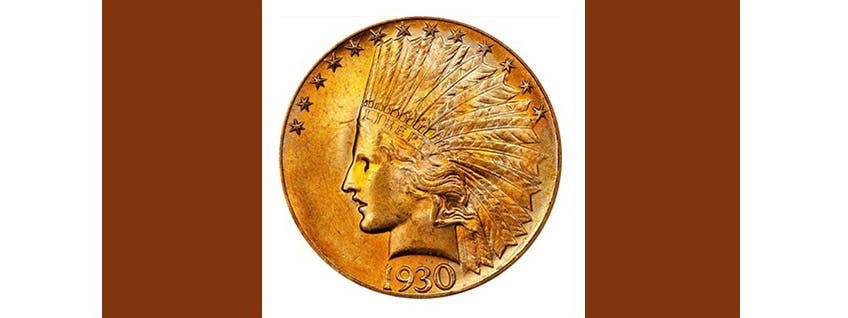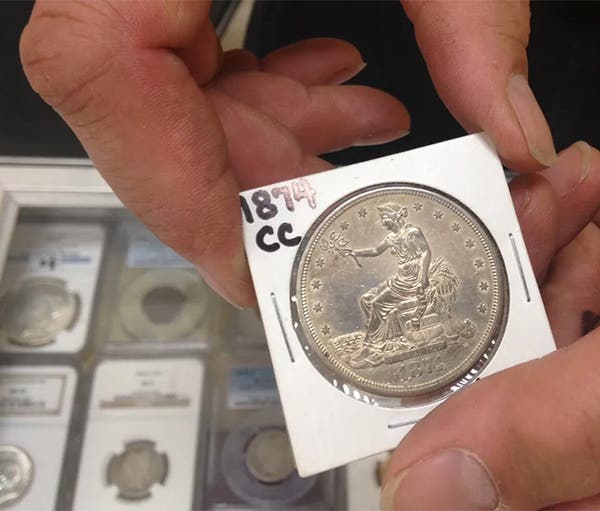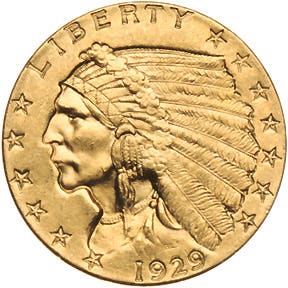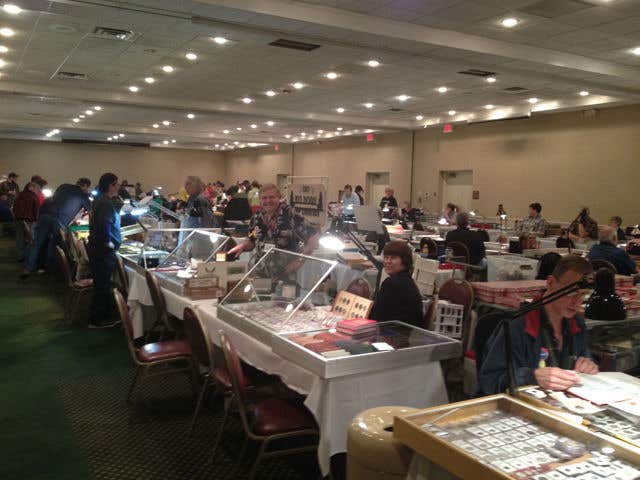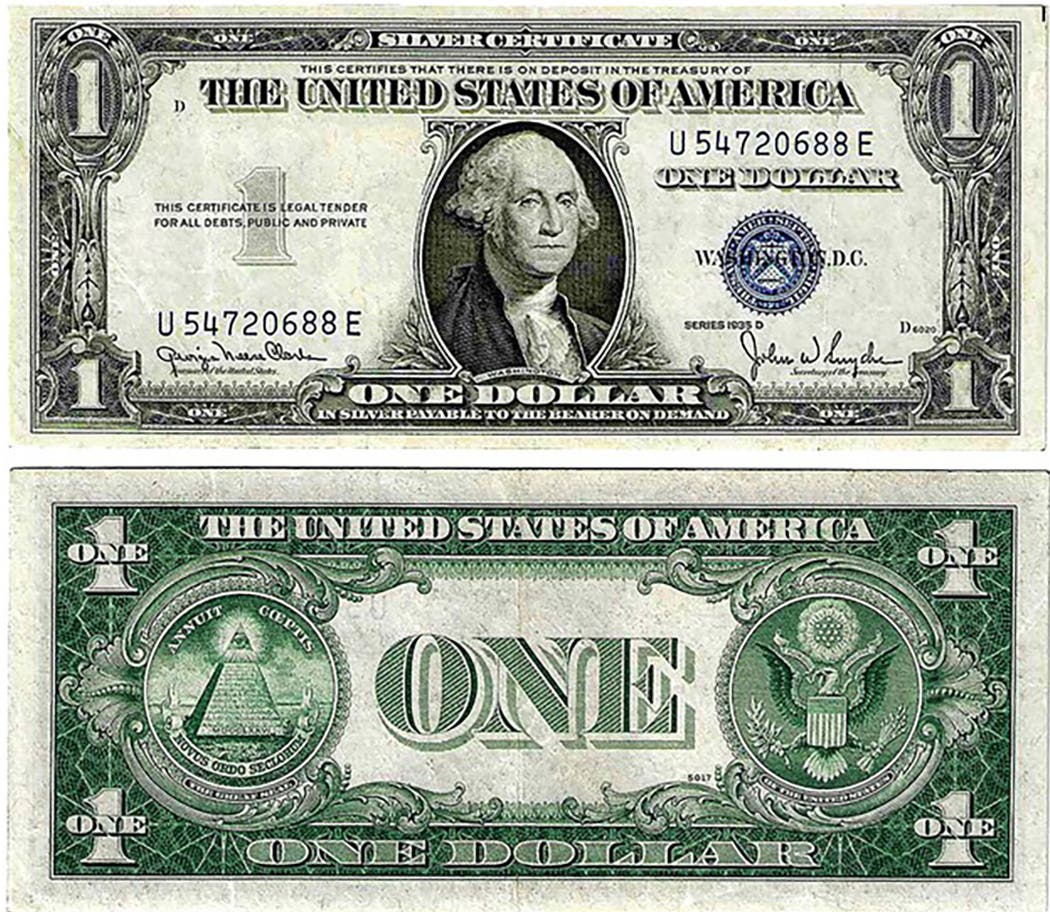1873 two-cent ended denomination
The 1873 two-cent piece was to be the final year for the coin series with a mintage of just proofs, the number estimated at 1,100 pieces although we cannot be…
The 1873 two-cent piece was to be the final year for the coin series with a mintage of just proofs, the number estimated at 1,100 pieces although we cannot be absolutely certain. It was an unusual end for a denomination that played an important part in the period and earned a permanent place in American numismatic history as the first to carry the motto IN GOD WE TRUST.
The two-cent was an interesting denomination as people had proposed the idea of a such a coin going all the way back to the early 1800s. The logical idea of a coin twice the value of the cent might have seemed sound enough, but those proposing two-cent coins rarely had any good ideas as to how to make them. Back in the first half of the 19th century, officials were still very concerned that any coin should be worth nearly face value in its metal content. To make a two-cent piece of copper would mean a coin the size of a small rock. If you made it a different alloy, there were concerns that the Mint could not properly work with such an alloy.
The idea of a two-cent piece kept getting placed on the back burner but in the Civil War the two-cent piece had found its time in the sun. That was made possible by the fact that people were accepting small cents that were not close to their face value in the value of the metal.
The two-cent piece was logical in circulation for a short period of time, but once there were enough cents and new copper-nickel five-cent coins, the days of the two-cent piece were numbered.
By the third year of production, the mintage of the two-cent piece was about 10 million pieces below its previous low and the mintage would drop every year thereafter, going below one million pieces in 1870 and below 100,000 in 1872 before hitting the final year of 1873 and a mintage of only proofs.
In fact, there are two varieties of 1873 two-cent pieces as there is one with an open and one with a closed “3.” Some have claimed that open “3” is a restrike. What makes that seem unlikely is the changed numeral occurred in other denominations. Having open and closed “3” varieties was closer to the norm in 1873 as officials did not like how the date was appearing. The cent and three-cent pieces as well as others started with a closed “3” that looked more like an “8.” The open “3” was an improvement. There are enough open 3” two-cent pieces to make it seem more likely that the change was just part of a larger effort to improve the date.
An equal explanation is that there were two different types of proof sets at the time. One had only lower denomination coins while the other had the lower denomination and silver issues. The numbers sold in 1873 are thought to be about equal, which is how the current breakdown is seen between the open and closed “3” varieties. In fact, the prices are basically the same as an open “3” 1873 two-cent piece is currently $4,200 in Proof-65 while a closed “3” may be bought for $3,850.
Certainly, the 1873 two-cent piece is not only key, but also historic as the last two-cent piece and that makes it a great addition to any collection.


